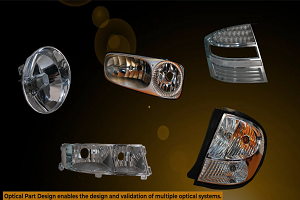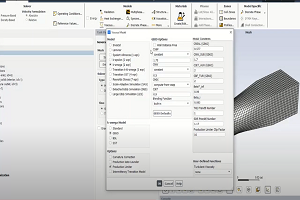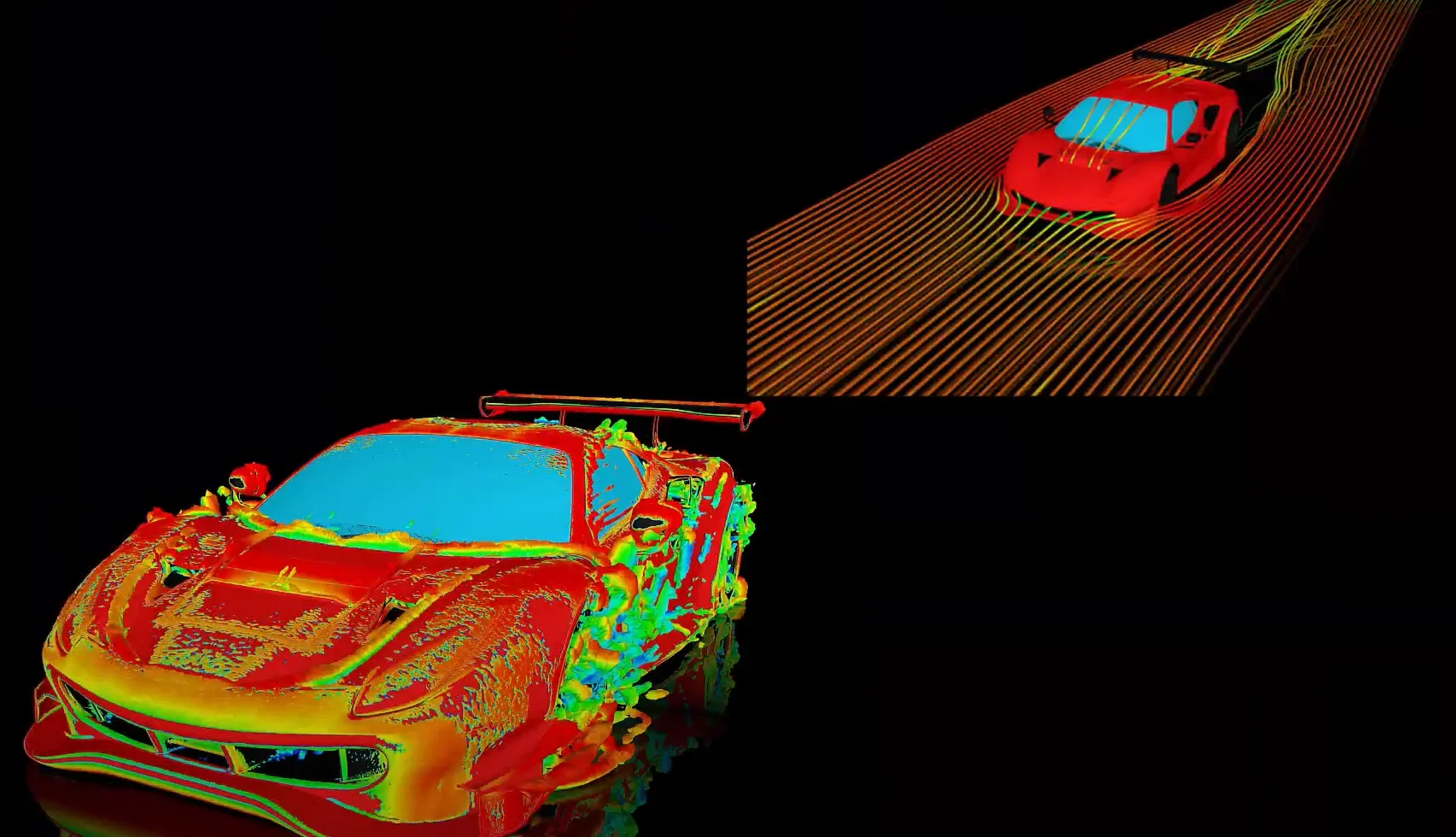I compared the impulse time history calculated by AUTODYN with a conventional analytical model. I found that the analytical result is larger than AUTODYN’s. Why?
-
-
March 17, 2023 at 9:00 am
 FAQParticipant
FAQParticipantIt is expected that the pressure impulse calculated by AUTODYN is less than that calculated analytically by a small percentage. The main reason that some analytical models over-predict the impulse is that they often do not account for the negative phase of pressure, where absolute pressure is less than the ambient pressure. If you plot the pressure time history, you will find that there is always a negative phase in the curve. AUTODYN takes the negative phase into account and thus it is in a better agreement with experiment data. Besides that, you also need to make sure you have a correct amount of explosive in the part. You can find the mass of the explosive in the AUTODYN print file “”ident.prt””. If 1D wedge model is used, you need to adjust the external radius of HE or the material density because a 1D wedge does not allow zero internal radius of HE. If the HE mass in the print file is less than it should be, you need to increase the external radius or the material density to compensate the mass loss. You also need a fine mesh in the HE part. A coarse mesh will under-predict the overpressure and thus get a lower value of impulse.
-


Introducing Ansys Electronics Desktop on Ansys Cloud
The Watch & Learn video article provides an overview of cloud computing from Electronics Desktop and details the product licenses and subscriptions to ANSYS Cloud Service that are...

How to Create a Reflector for a Center High-Mounted Stop Lamp (CHMSL)
This video article demonstrates how to create a reflector for a center high-mounted stop lamp. Optical Part design in Ansys SPEOS enables the design and validation of multiple...

Introducing the GEKO Turbulence Model in Ansys Fluent
The GEKO (GEneralized K-Omega) turbulence model offers a flexible, robust, general-purpose approach to RANS turbulence modeling. Introducing 2 videos: Part 1 provides background information on the model and a...

Postprocessing on Ansys EnSight
This video demonstrates exporting data from Fluent in EnSight Case Gold format, and it reviews the basic postprocessing capabilities of EnSight.

- How do I request ANSYS Mechanical to use more number of cores for solution?
- How to restore the corrupted project in ANSYS Workbench?
- How to deal with “”Problem terminated — energy error too large””?”
- Contact Definitions in ANSYS Workbench Mechanical
- There is a unit systems mismatch between the environments involved in the solution.
- How can I change the background color, font size settings of the avi animation exported from Mechanical? How can I improve the resolution of the video?
- How to transfer a material model(s) from one Analysis system to another within Workbench?
- How to obtain force reaction in a section ?
- How to change color for each body in Mechanical?
- How to resolve “Error: Invalid Geometry”?

© 2025 Copyright ANSYS, Inc. All rights reserved.

